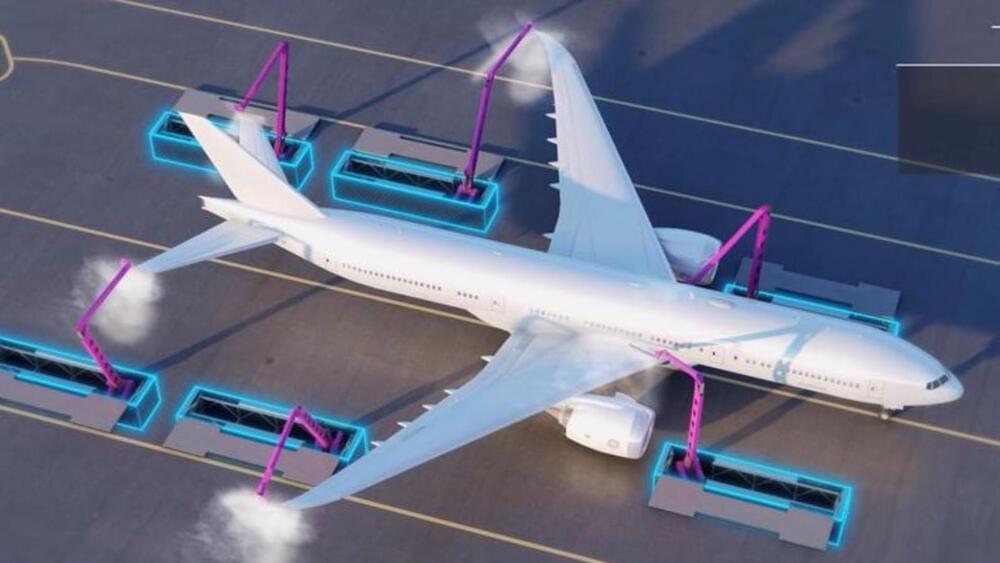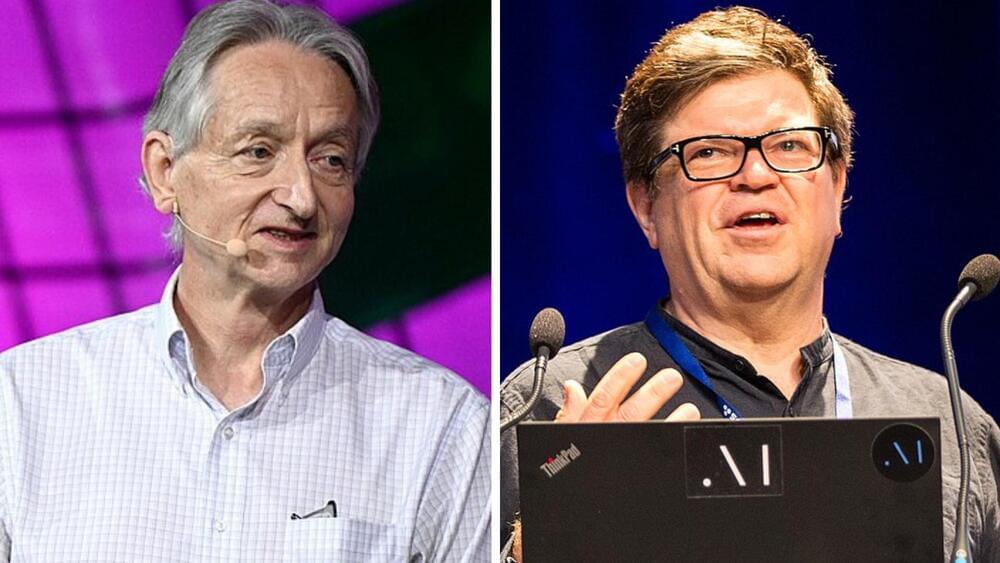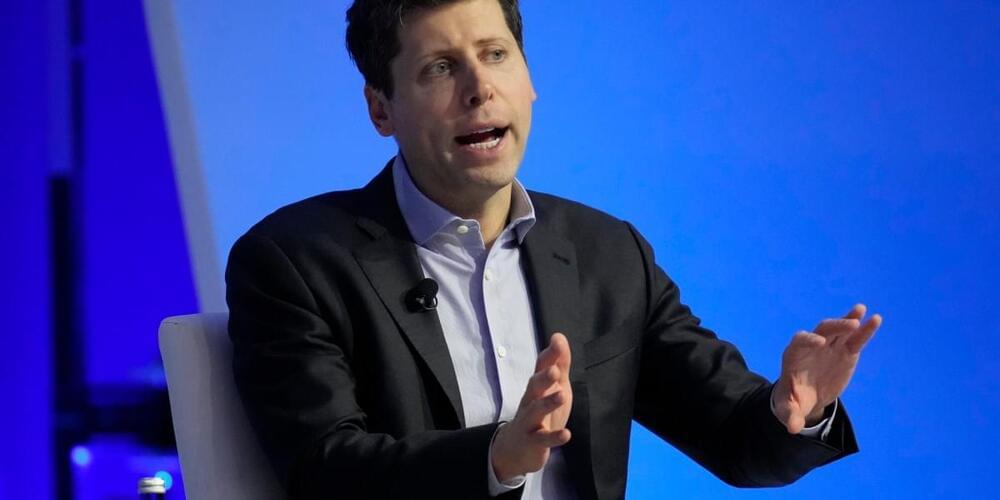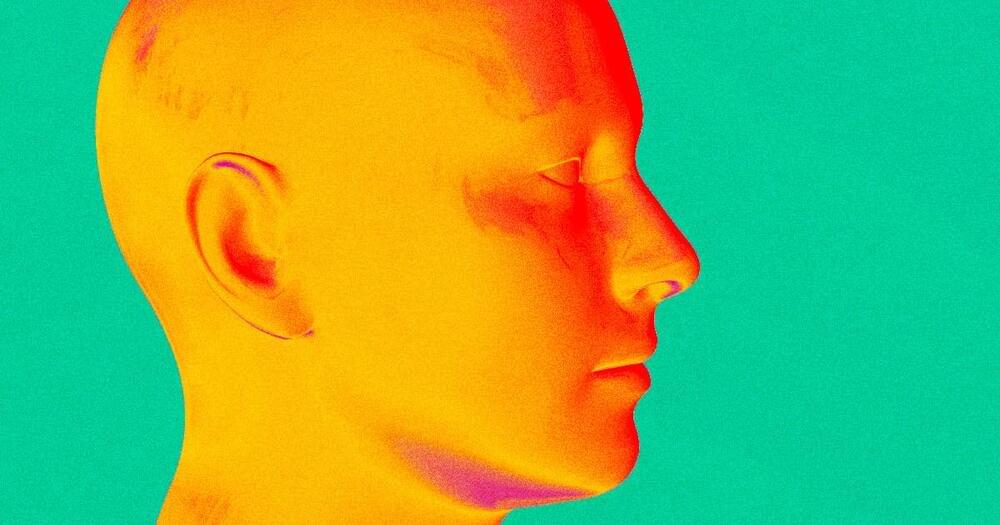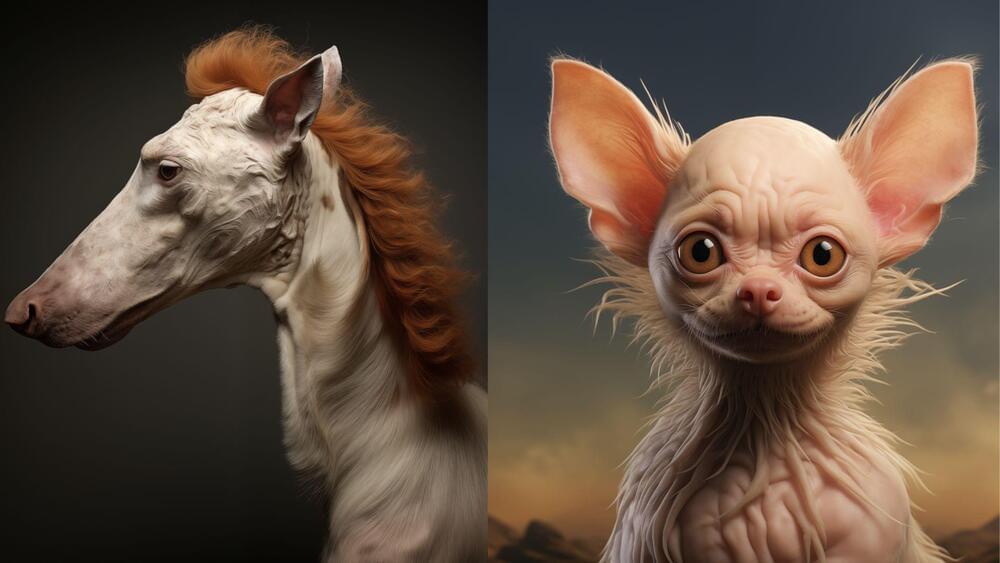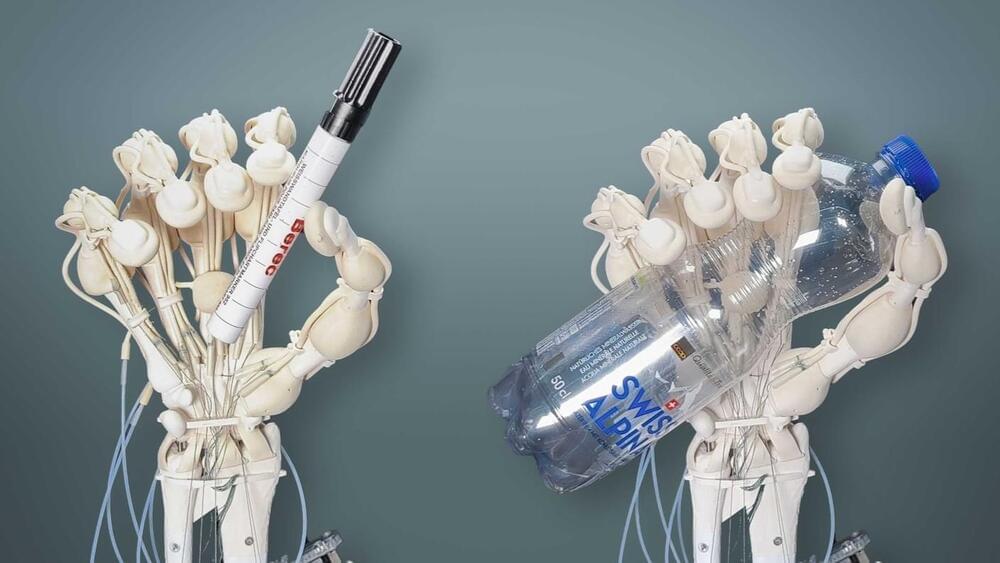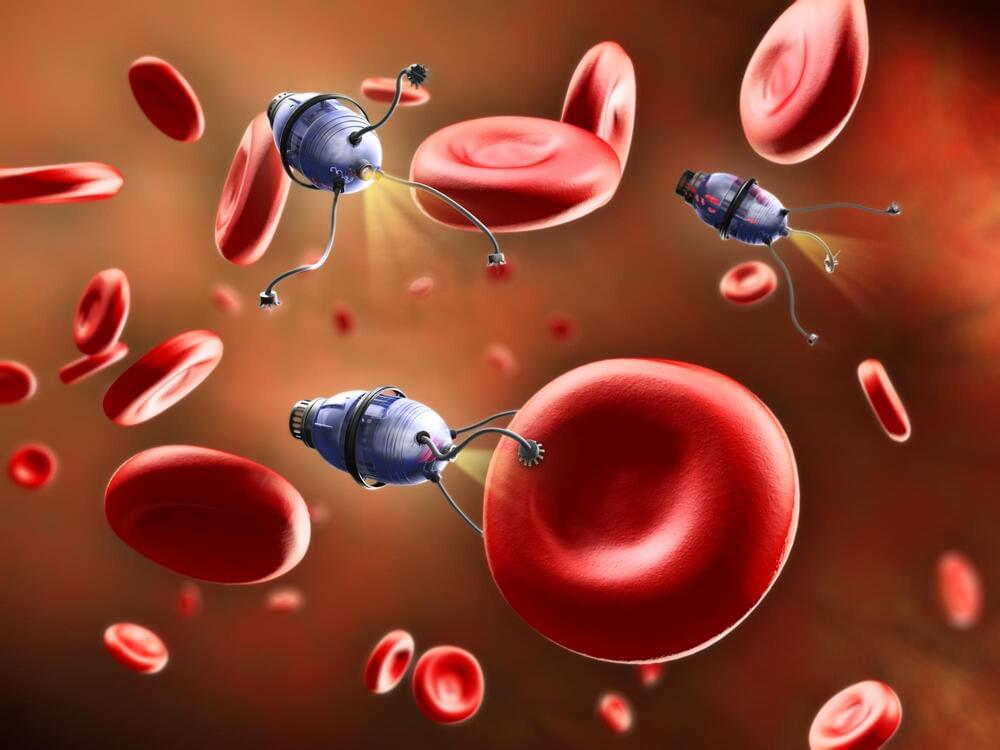AI probably won’t replace the need for humans in the climate change fight, but it could make their work faster and more effective.
Valentinrussanov/iStock.
But a Silicon Valley startup called ClimateAi uses artificial intelligence to help farmers cope with the warming temperatures. The startup has created a platform to assess any place’s climate, water, and soil conditions and forecast its suitability for growing crops in the next 20 years.

